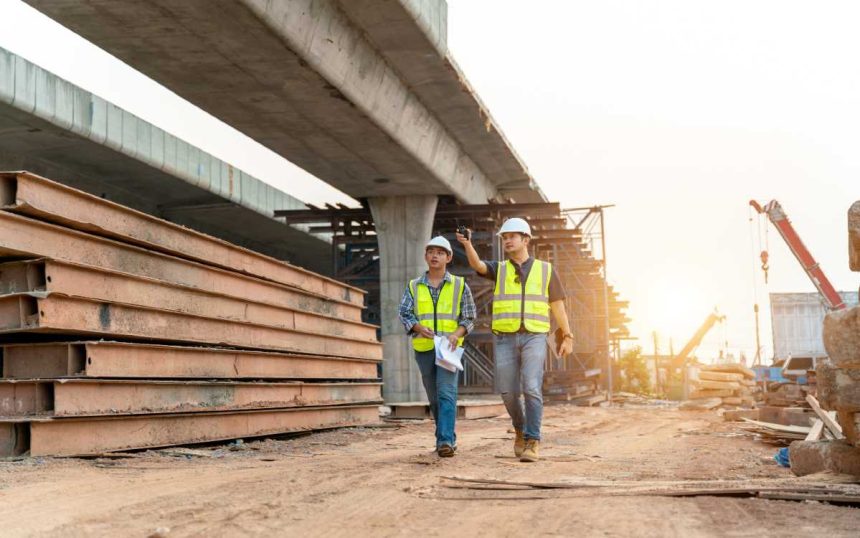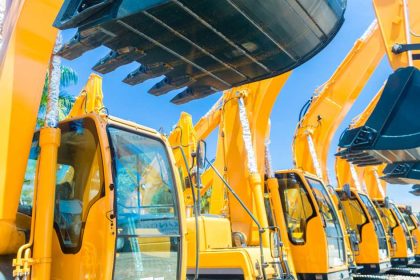Australia’s ambitious housing targets are doomed to fail unless more apprentices enter the industry, building experts warn.
Recently released apprentice statistics have built up concern among industry leaders after a massive decline in apprentice numbers was seen over the past year.
Data from the National Centre for Vocational Education Research showed Apprenticeship completions fell 8.6 per cent from 24,545 in the year to March 2023 to 22,420 in the year to March 2024.
During the same time, apprenticeship commencements dropped 11.8 per cent from 47,110 to 41,520, while the number of apprentices in a training role also declined.
The government’s National Housing Accord, officially launched at the start of this financial year, has set the ambitious target of building 1.2 million new homes across Australia over the next five years.
However, damning stats have industry leaders worried about where the sector will find the skilled labour needed to build its way out of the ongoing housing crisis.
Master Builders Australia CEO Denita Wawn said the new data painted a concerning outlook for Australia’s ongoing housing woes.
“Low apprentice numbers reflect a shortage of skilled workers across all trades, and until we’re able to address the challenges facing the future of the workforce, we won’t be able to increase building activity and reduce the impact of supply conditions in the residential building market on Australia’s inflation problem,” she said.
“It’s no longer appropriate to call for a return to pre-Covid levels; we need more tradies now than we’ve ever had.”
“We urgently need governments to look at solutions to increase the number of tradies, increase the number of apprentices, and help Australian builders increase supply so we can come out the other side of this housing crisis.”
Labour shortage impacting home builds
And while the worst may be yet to come, ongoing labour shortages are already hurting the nation’s home-building figures.
New Australian Bureau of Statistics data also revealed that 2023-24 was the worst year for home building in over a decade, dropping 8.8 per cent to 158,690 new starts.
That’s Australia’s worst home build rates in over a decade, with detached house commencements falling by 10.1 per cent and higher density down by 6.0 per cent.
Master Builders Chief Economist Shane Garrett warned numbers like that would do a demolition job on the government’s lofty housing goals.
“If building continues at this pace, we’ll be in for less than 800,000 new home starts over the next five years,” he said.
“This would mean a shortfall of over 400,000 homes compared with the National Housing Accord target.”
Ms Wawn says the only way Australia will be able to build its way out of the housing crisis is if labour shortage issues are fixed, with Master Builders releasing its “Future of the Workforce: Building and Construction Industry” report, which highlights the growing need for action to increase the workforce.
“Today’s data releases aren’t unrelated. To bring Australia out of the housing crisis, we need to drastically increase the supply of housing,” she said.
“And we can’t do that while simultaneously suffering from a labour shortage.”








